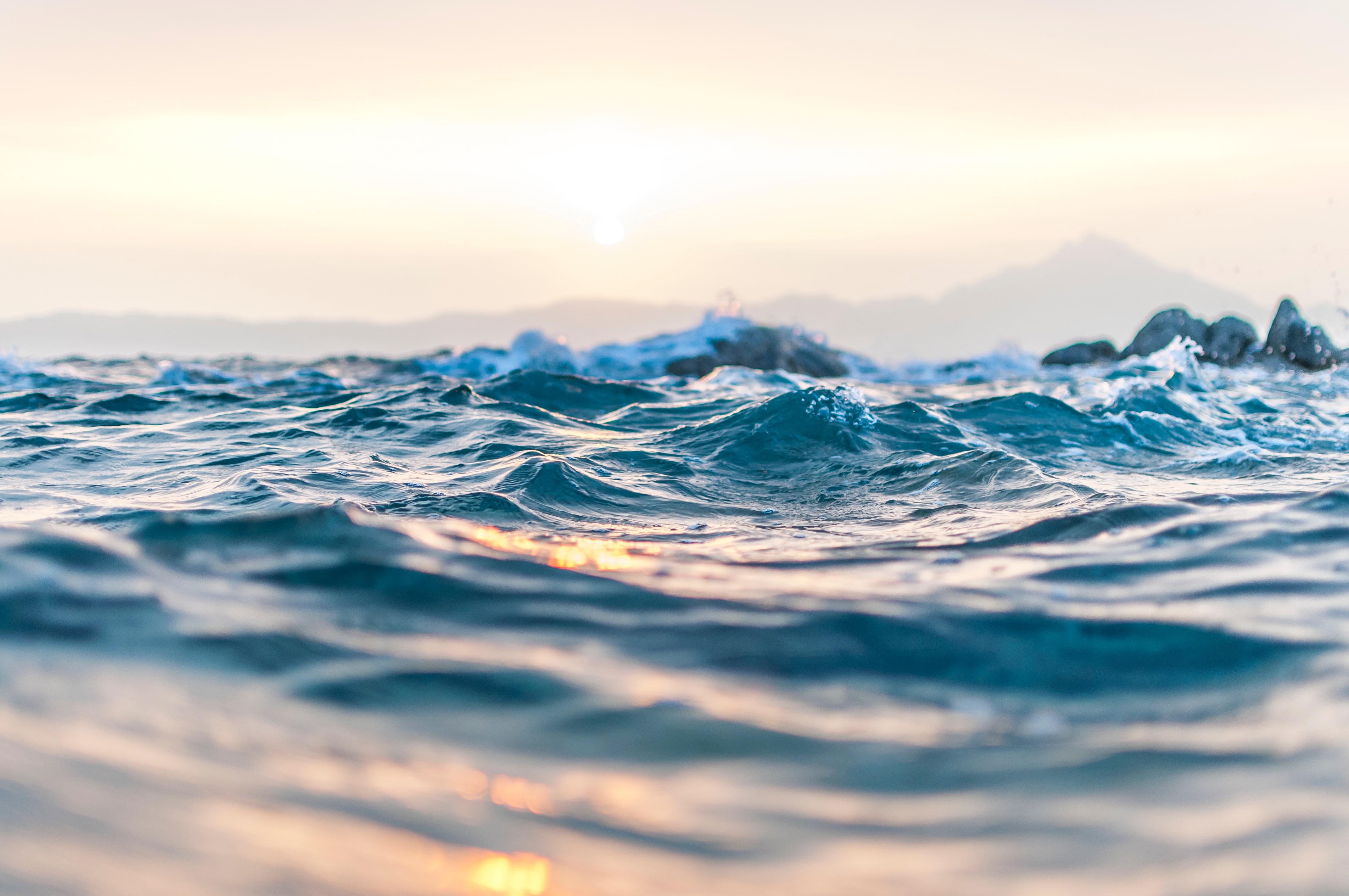The Innowise Scale pitching competitions 2022 are here

The InnoWise Scale pitching competitions focus on finding innovative solutions to reverse water scarcity, changing from water misuse and pollution to reduce, reuse and non-use of water.
During the events, the 35 companies selected to participate in the competitions will pitch their solution to specific sectoral challenges and case studies provided by different end users. The companies can win awards of up to EUR 12 000 based on the uniqueness and replicability of their innovations, and EUR 30 000 of special prizes to implement a demo study with one of the problem holders. As part of the competition’s programme, the EIT communities EIT Food, EIT Climate-KIC, EIT Manufacturing and EIT Digital aim to dive into the circular future of the water sector, and see how digital tools and innovations can support that transition. The series of talks under the title Road to 2030: Future circular water-cycle perspectives will bring insightful discussions around key topics aligned with the InnoWise Scale competition challenges.
The InnoWise Scale pitching competitions will take place online. Each pitching event will delve into one topic and sector. The topics will be the following:
Session 1 | Is recycled water the key to solving water scarcity?
EIT Manufacturing & ENCE | 22 November, 10.00–12.45 CET
This is the debate question of the 1st pitching event, led by EIT Manufacturing. Water recycling is seen as the clearest way to reduce water consumption and make efficient use of scarce water resources. But how can companies implement these solutions? What are their incentives? Why are they facing administrative barriers?
Session 2 | Is the world ready to go fully water-circular by 2050?
EIT Climate-KIC & DEYAPH | 23 November, 10.00–13.00 CET
This is the debate question for the 2nd pitching competition, led by EIT Climate-KIC. In the report ‘Point on the Circular Water 2050 horizon’, the water sector set itself a set of circular objectives, such as going fully circular by 2050. But is the system ready to take on that challenge? What are the barriers that must be overcome?
Session 3 | How to ensure water quality in food production?
EIT Food & Familia Torres | 28 November, 10.00–13.00 CET
This is the debate question for the 3rd pitching competition, led by EIT Food. The occurrence of emerging pollutants and increasing salinity in irrigation water is a growing concern. The smart use of available water resources and the quality of irrigation water are important to avoid problems in the soil and in production. Wastewater treatment is key to tackling the root cause of this issue. The agrifood sector is one of the biggest consumers of freshwater, and therefore, a big producer of wastewater. Ensuring a circular water cycle in the sector would increase soil health as well as water quality and availability. But how can the industry integrate a circular water cycle? Can that process also recover nutrients from wastewater to be reused in food or wine production?
Session 4 | How to manage our water systems to face radical environmental change?
EIT Food & the Municipality of Nisyros | 29 November, 10.00–12.45 CET
This is the debate question for the 4th pitching session, led by EIT Food. Current systems of governance and economic organization are unsuited for a world altered by global warming. The public sector must see itself as a market shaper that works with all stakeholders in the water economy to create pathways for innovation and investment, ensure universal access to clean water and sanitation, and provide enough water for food, energy, and natural systems.
Session 5 | Is it possible to manage water in a virtual world?
EIT Digital & Cadagua | 30 November, 10.00–12.35 CET
This is the debate question for the last competition, led by EIT Digital . The last InnoWise Scale pitching will close the series of talks Road to 2030: Future circular water-cycle perspectives with an insightful conversation about the usage of digital tools to manage water.


 Share this page
Share this page


